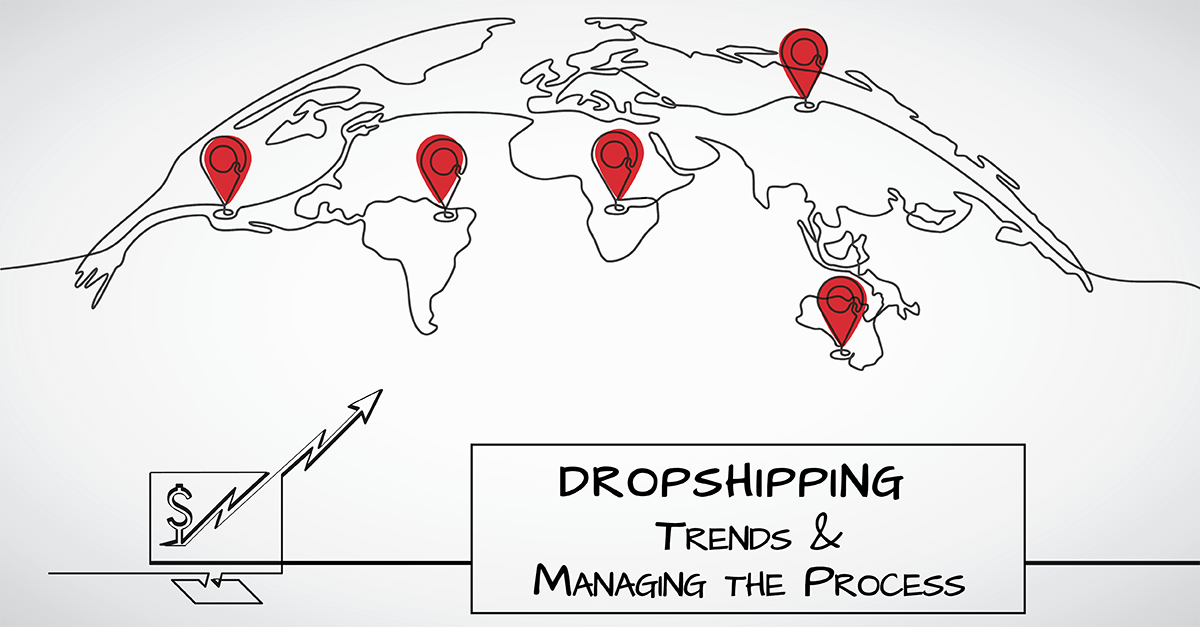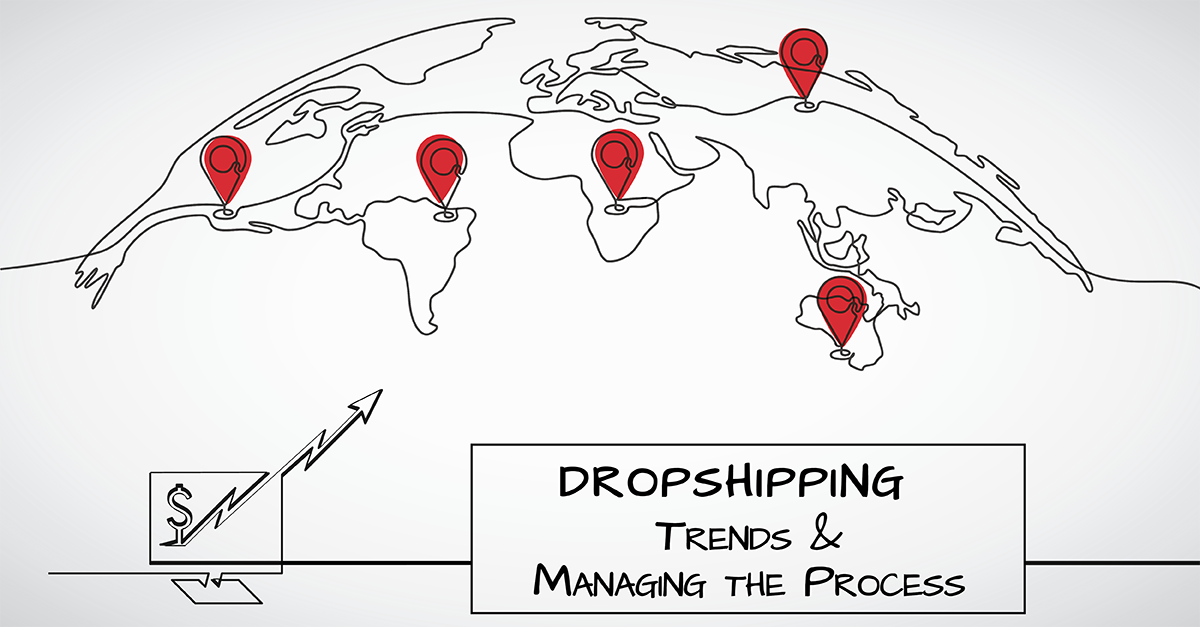Dropshipping - Trends & Managing the Process


Dropshipping - Trends & Managing the Process
Dropshipping, pre-Covid, was something many vendors were reluctant to embrace. Processing individual orders is more involved and time-consuming than bulk shipping to brick-and-mortar retailers or DCs. To further weigh on the risk versus rewards scale, many vendors didn’t find it necessary to offer a dropshipping alternative to be successful.
Then came the Covid pandemic, which changed how consumers shopped and, as a result, how suppliers needed to do business. Of necessity initially, and then as an ongoing preference, many consumers turned to e-commerce shopping for convenience and a broader range of options than brick-and-mortar retail stores could provide. The result is that suppliers needed to adopt a business model that included dropshipping to be competitive.
Then came the Covid pandemic, which changed how consumers shopped and, as a result, how suppliers needed to do business. Of necessity initially, and then as an ongoing preference, many consumers turned to e-commerce shopping for convenience and a broader range of options than brick-and-mortar retail stores could provide. The result is that suppliers needed to adopt a business model that included dropshipping to be competitive.
According to Grand View Research, the global Dropshipping market size was valued at
USD 225.99 billion in 2022 and is projected to grow at a compound
annual growth rate (CAGR) of 27.7% from 2023 to 2030. The market is anticipated to
witness significant growth owing to an increase in preference for online shopping
coupled with the rising trend of cross-border e-commerce trade.
Hence, the rise in demand for dropshipping.
The rise in demand for dropshipping is excellent news for suppliers because e-commerce dropshipping allows them to get their products in front of a more extensive and diverse group of consumers. But with increased reach comes the need to contend with a more involved order management process. With dropshipping, it's not just the back end that is more involved; it’s the scope of the whole process and how to manage that has become more complex. Some of the process’s suppliers need to consider:
One option for dealing with this workload is to assign staff to manage it manually. The shipping piece alone involves going to multiple portals to create shipment documents, with significant repercussions for errors. That effort is multiplied by all the elements for each order and keeping track of what each retailer requires. This method of processing dropshipping orders is time-consuming, costly, error-prone, and not readily scalable.
- Daily inventory feeds.
- Each retailer requires their own branded packing slips and labels. For example, if Costco is the retailer, they want shipments to look like they come from Costco - with all documents having their logo and being set up precisely to their specifications.
- Suppliers will need to ship using multiple carriers.
- There will be increased processing volumes yet smaller orders.
One option for dealing with this workload is to assign staff to manage it manually. The shipping piece alone involves going to multiple portals to create shipment documents, with significant repercussions for errors. That effort is multiplied by all the elements for each order and keeping track of what each retailer requires. This method of processing dropshipping orders is time-consuming, costly, error-prone, and not readily scalable.
Integral Group has a better way.
Consolidation, Integration and Predictable Costs
are the Keys to Manageable Dropshipping.
First – consolidate all your order management with Integral Group. Navigating each vendor site one at a time has no upside and a substantial downside. With Integral Group, our Commerce Desktop portal houses all your orders for all your retailers in one convenient location: it’s that simple. That’s a quick win for your team.
Next, Integral Group can integrate all those processes so that they are automated and accurate information is seamlessly shared throughout your organization and supply chain. It’s an easy solution that improves the quality and timeliness of your data and frees your staff for higher-value work.
Lastly, you get the predictability of our EDI Flat-Rate Pricing. With our Flat-Rate Pricing, you know upfront what your monthly EDI costs will be, and you can build them into your business model.
Dropshipping can be a boon for your business, and research suggests its importance will continue to grow. With Integral Group managing the heavy lifting of the processing, you reap the benefits without the workload drain.
Next, Integral Group can integrate all those processes so that they are automated and accurate information is seamlessly shared throughout your organization and supply chain. It’s an easy solution that improves the quality and timeliness of your data and frees your staff for higher-value work.
Lastly, you get the predictability of our EDI Flat-Rate Pricing. With our Flat-Rate Pricing, you know upfront what your monthly EDI costs will be, and you can build them into your business model.
Dropshipping can be a boon for your business, and research suggests its importance will continue to grow. With Integral Group managing the heavy lifting of the processing, you reap the benefits without the workload drain.
Contact Lee to find out how it will work in your organization.
Lee Mrkonjic
Director, Sales
lee@integralgroup.ca
lee.mrkonjic@gocrisp.com
(289) 301-2410
Lee Mrkonjic
Director, Sales
lee@integralgroup.ca
lee.mrkonjic@gocrisp.com
(289) 301-2410
